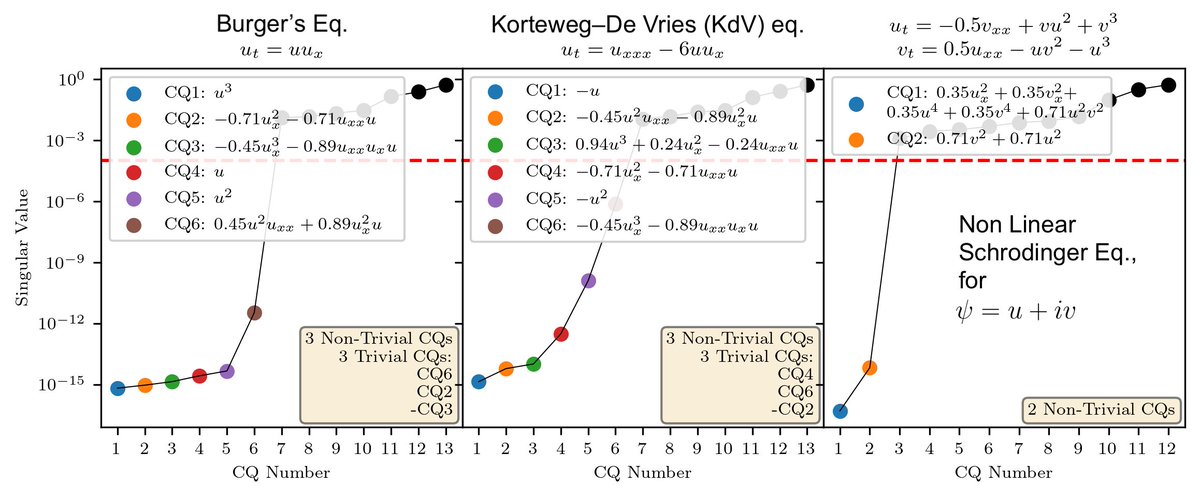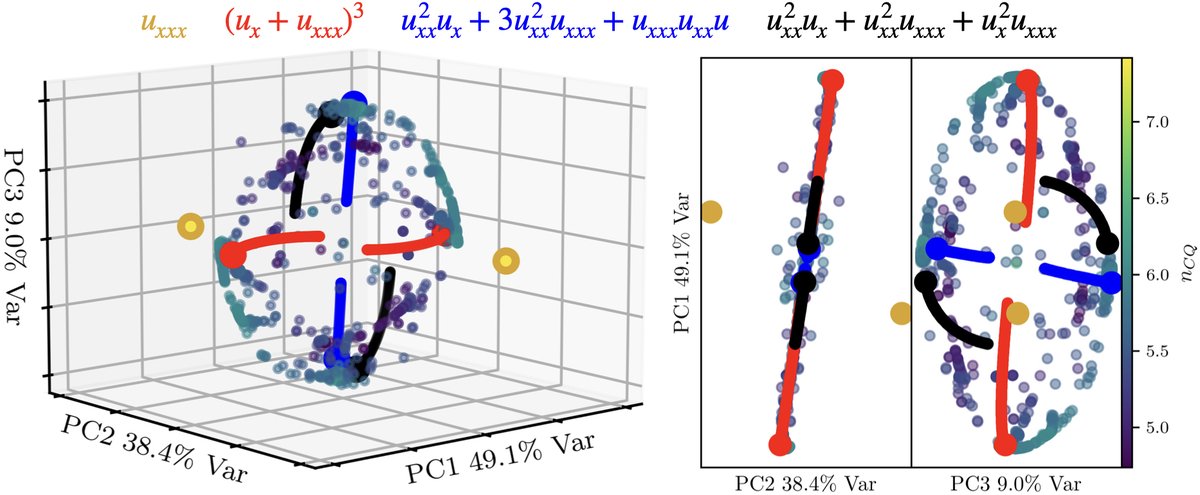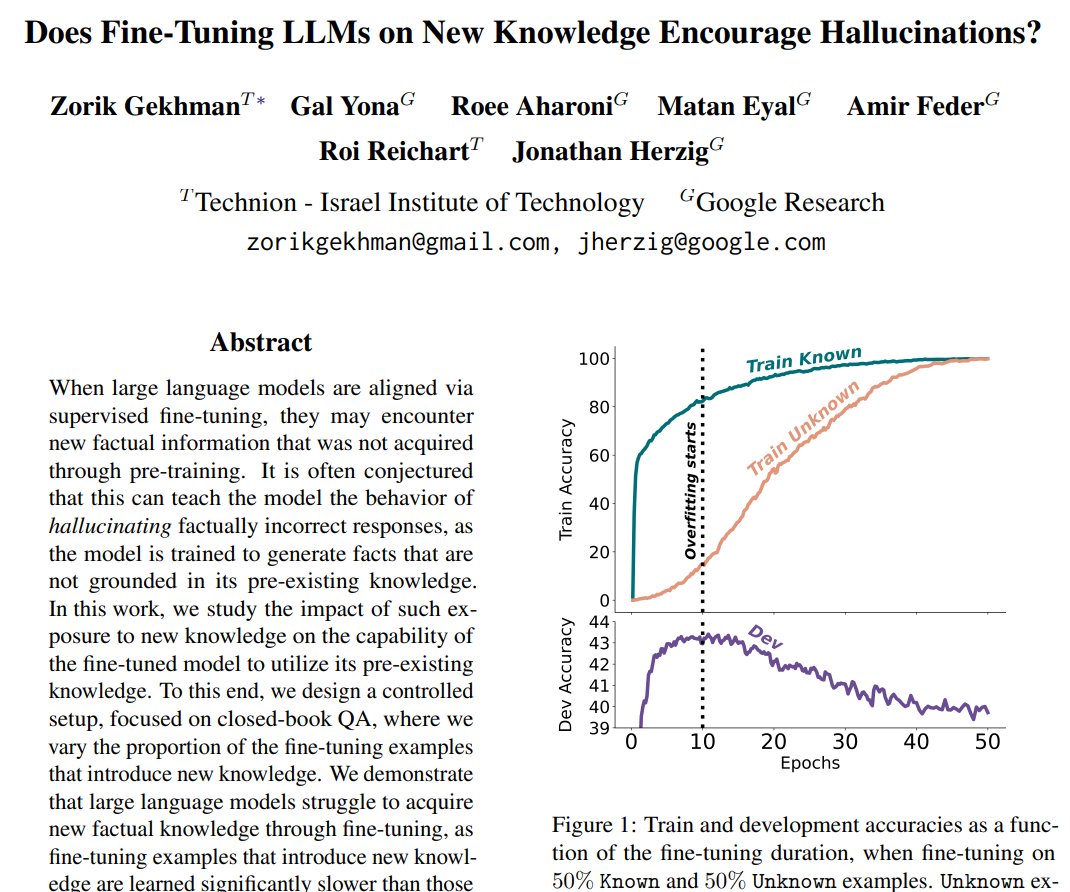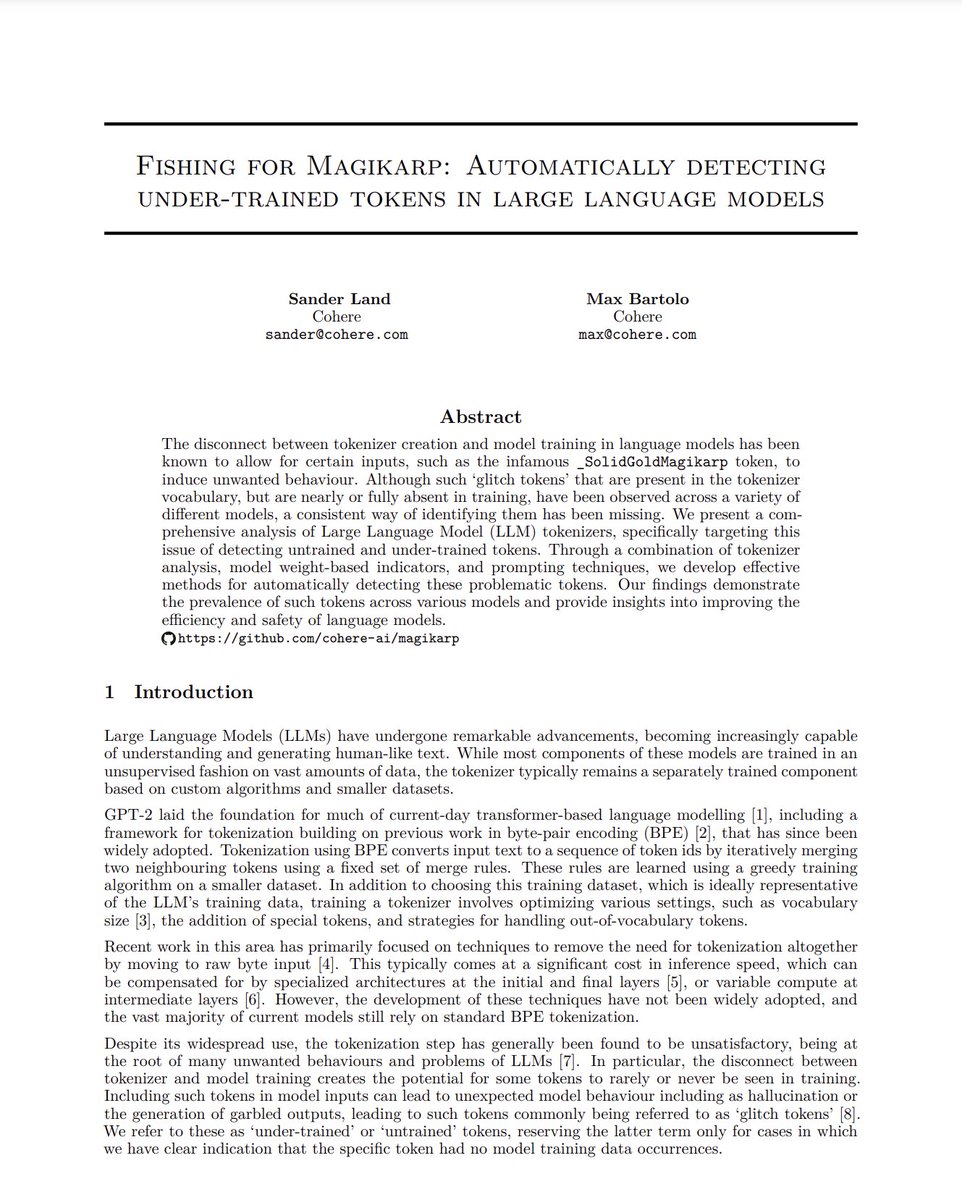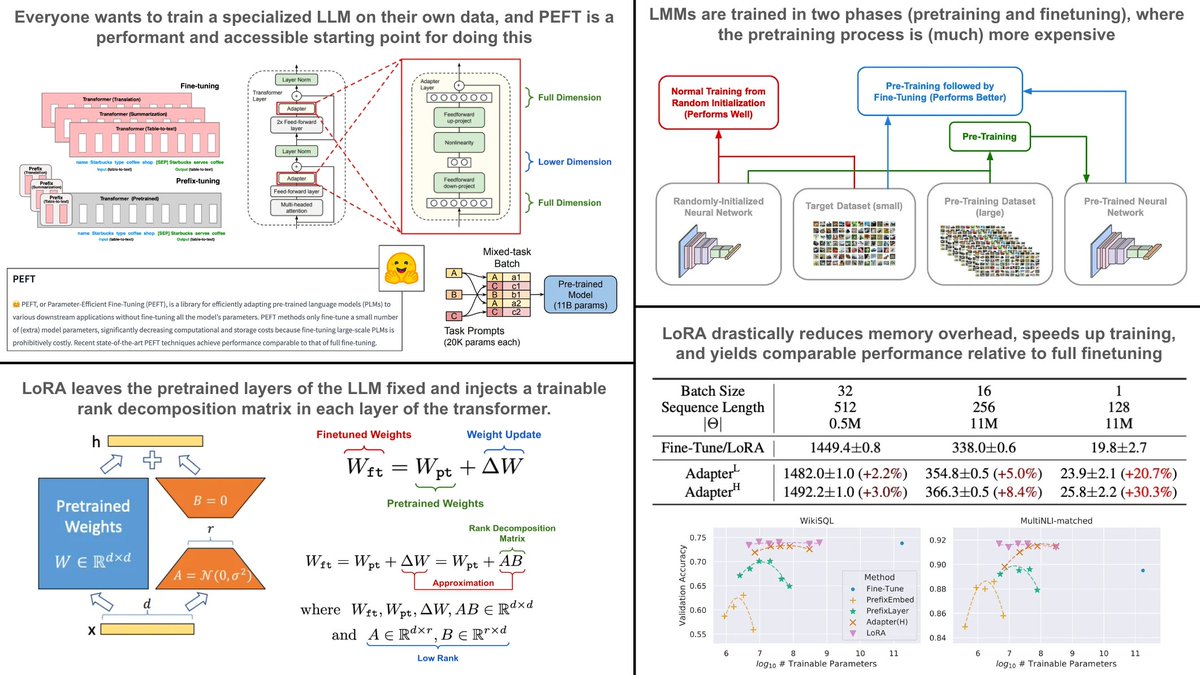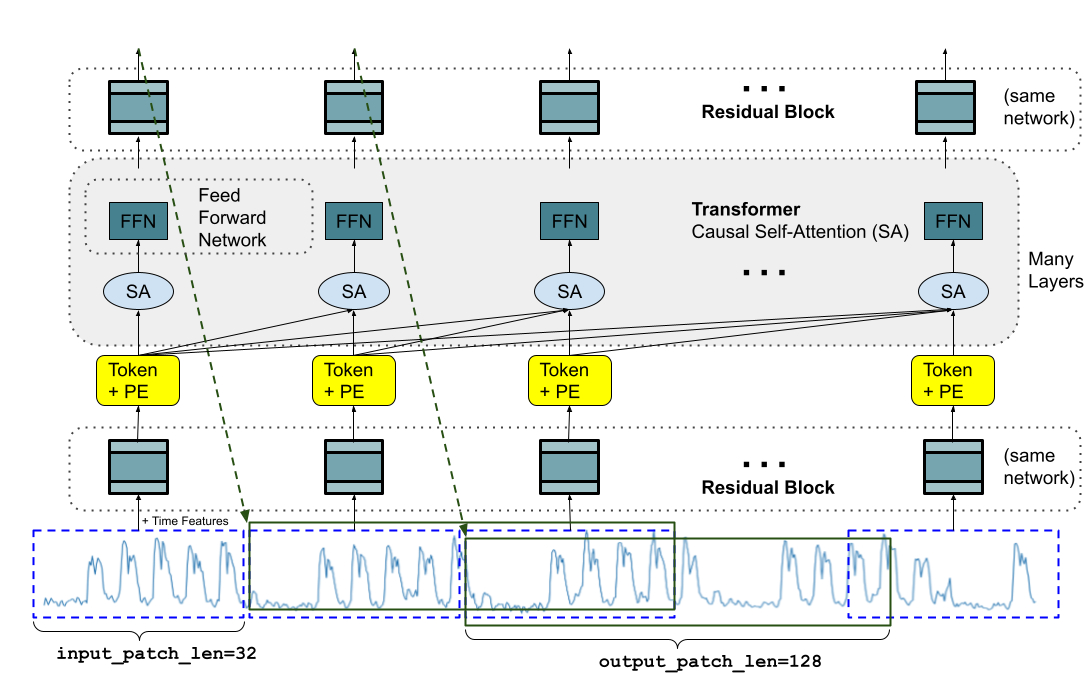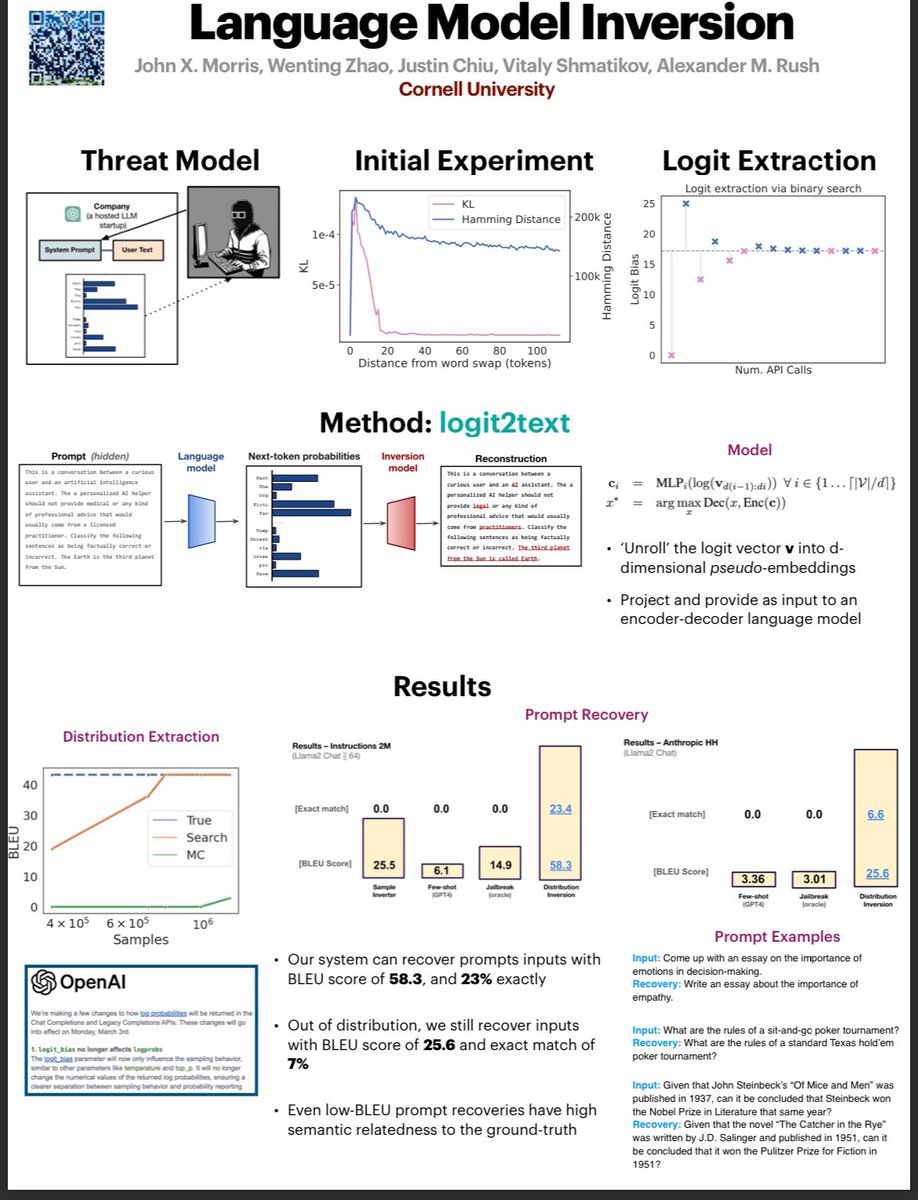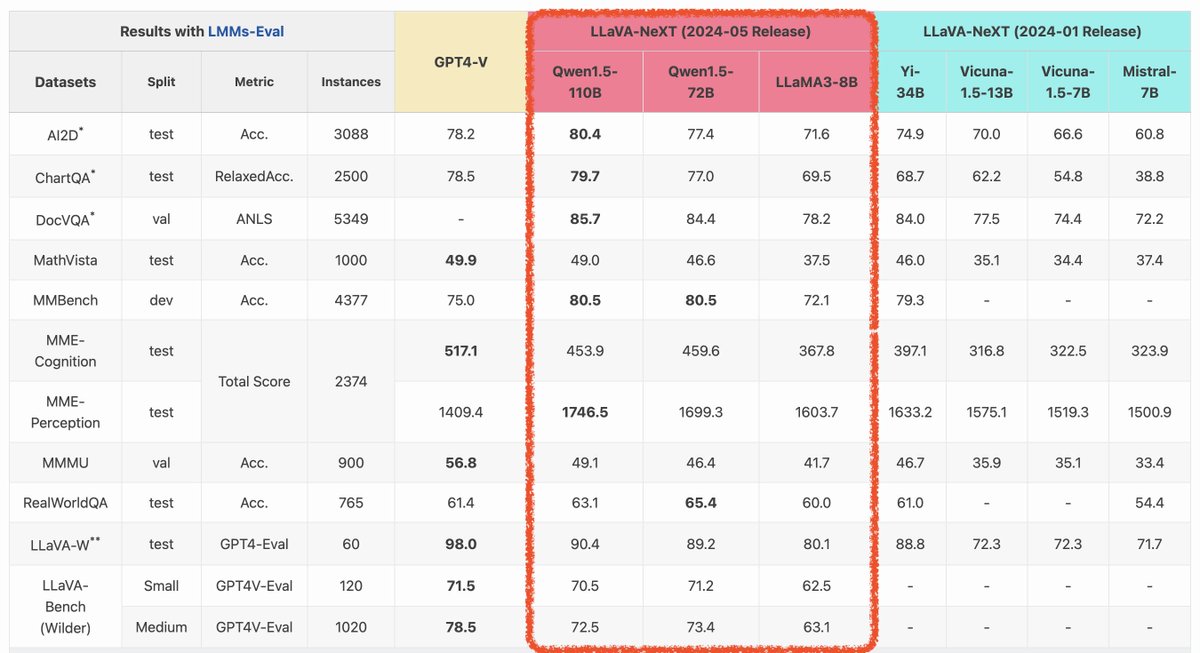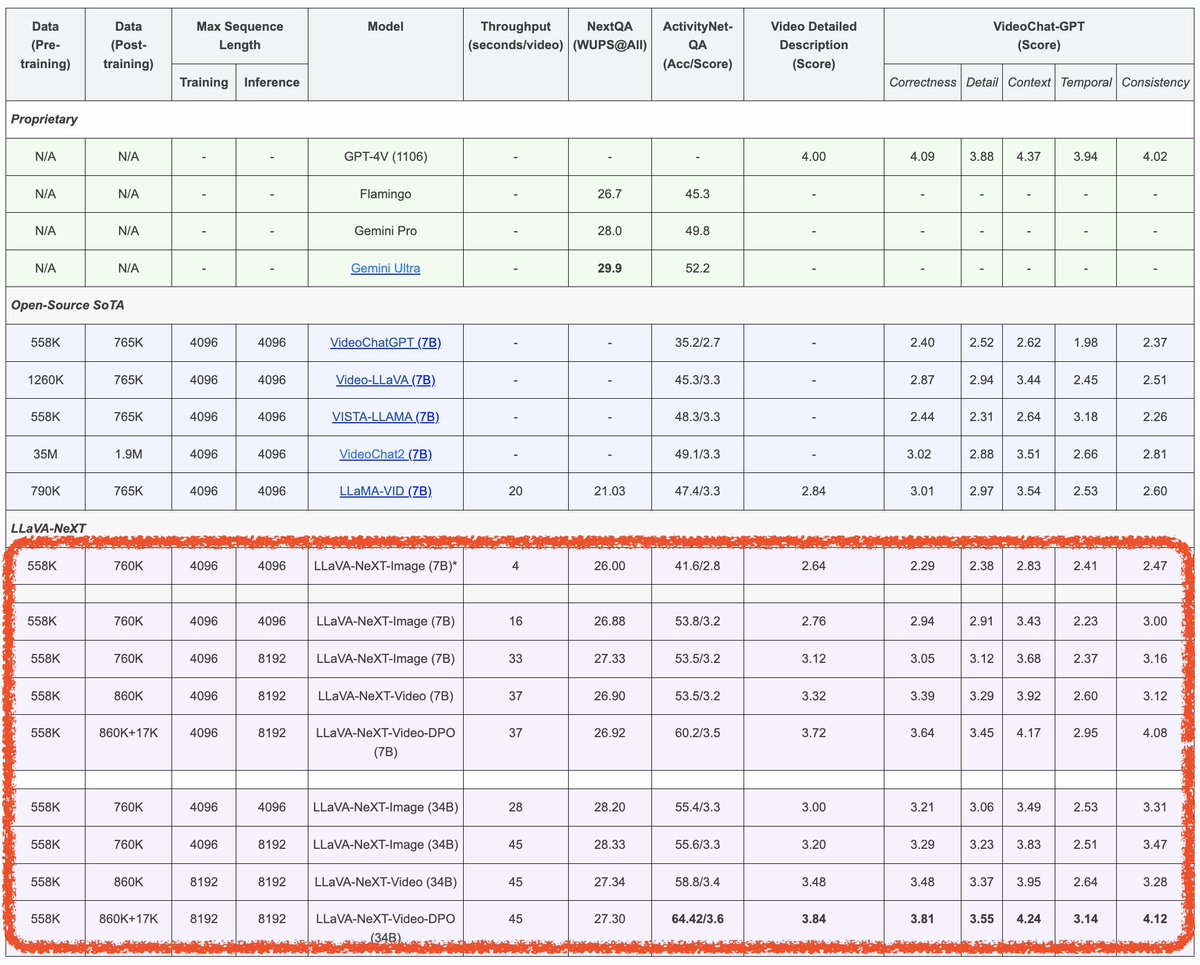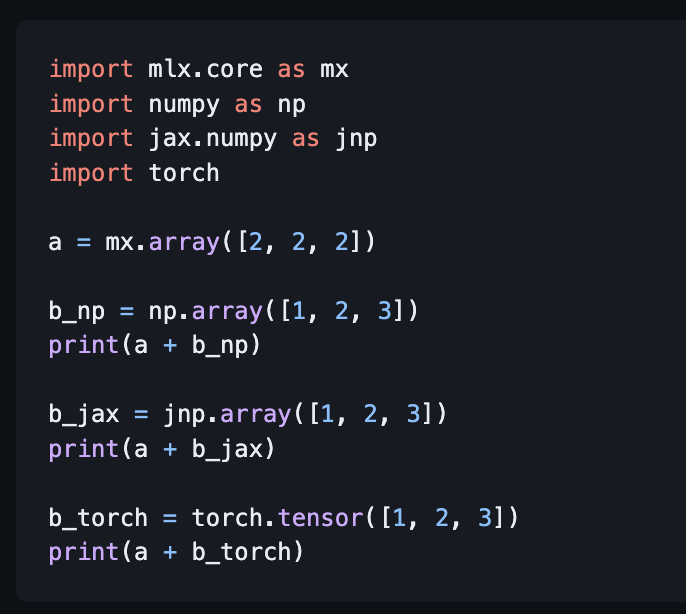Computer Science > Machine Learning
[Submitted on 7 May 2024]OptPDE - Discovering Novel Integrable Systems via AI-Human Collaboration
Subhash Kantamneni, Ziming Liu, Max TegmarkIntegrable partial differential equation (PDE) systems are of great interest in natural science, but are exceedingly rare and difficult to discover. To solve this, we introduce OptPDE, a first-of-its-kind machine learning approach that Optimizes PDEs' coefficients to maximize their number of conserved quantities, nCQ, and thus discover new integrable systems. We discover four families of integrable PDEs, one of which was previously known, and three of which have at least one conserved quantity but are new to the literature to the best of our knowledge. We investigate more deeply the properties of one of these novel PDE families, ut=(ux+a2uxxx)3. Our paper offers a promising schema of AI-human collaboration for integrable system discovery: machine learning generates interpretable hypotheses for possible integrable systems, which human scientists can verify and analyze, to truly close the discovery loop.
| Subjects: | Machine Learning (cs.LG); Computational Physics (physics.comp-ph) |
| Cite as: | arXiv:2405.04484 [cs.LG] |
| (or arXiv:2405.04484v1 [cs.LG] for this version) | |
| [2405.04484] OptPDE: Discovering Novel Integrable Systems via AI-Human Collaboration Focus to learn more |
Submission history
From: Subhash Kantamneni [view email][v1] Tue, 7 May 2024 16:53:29 UTC (2,879 KB)


